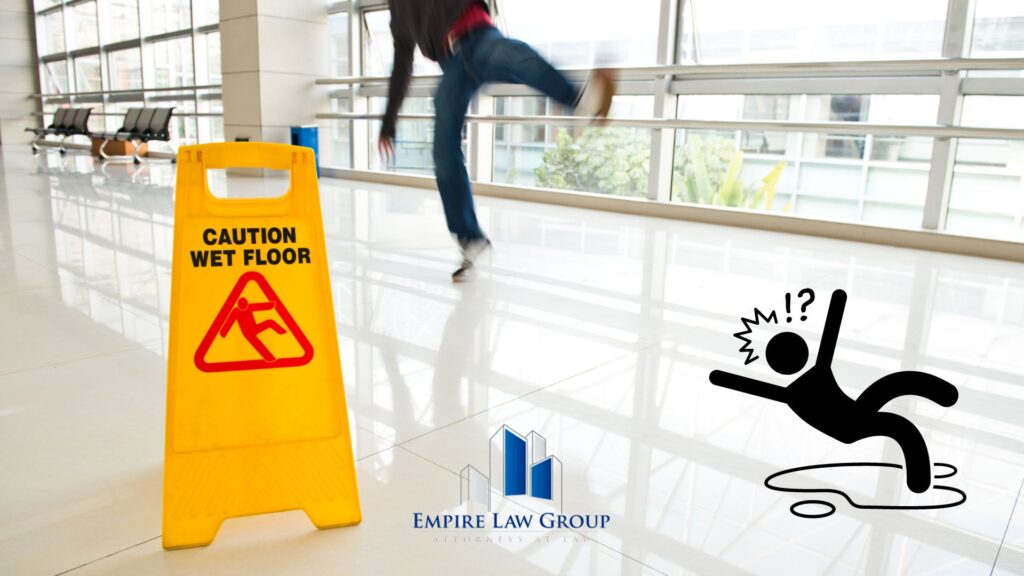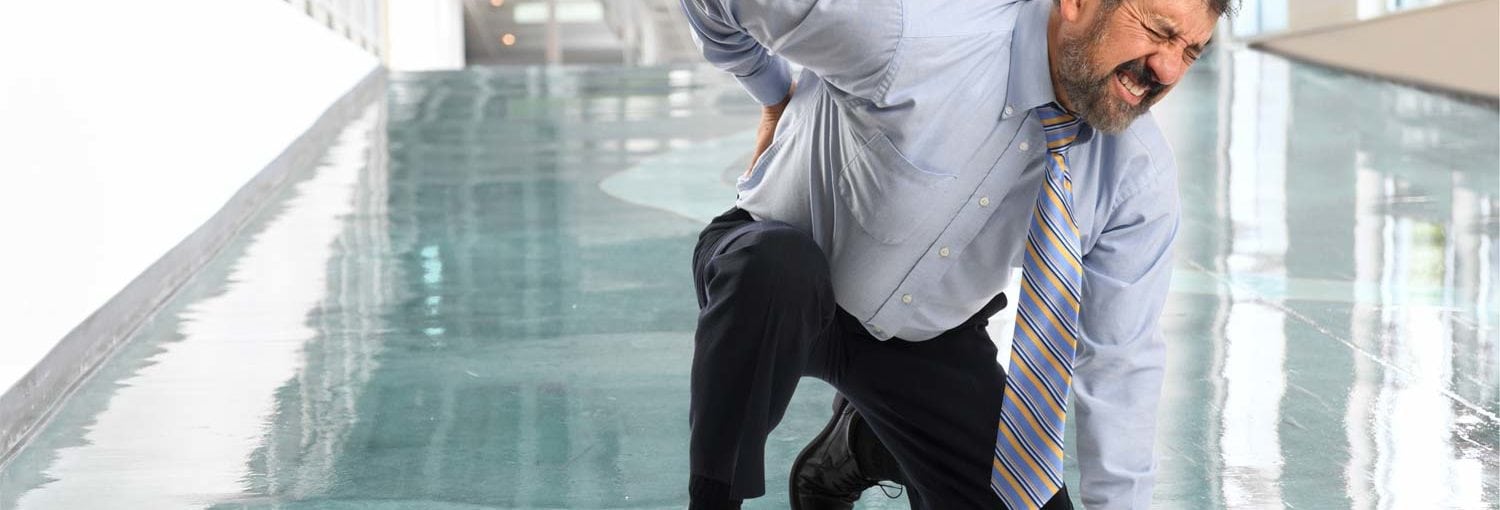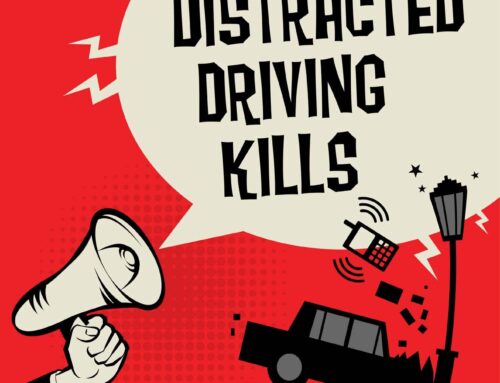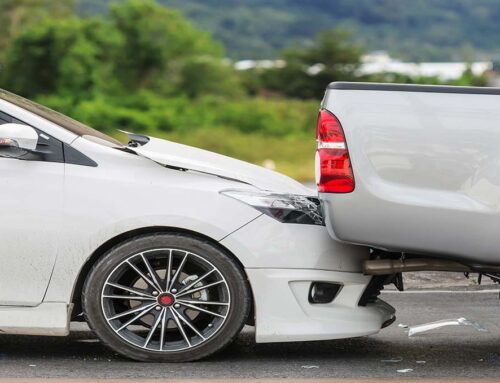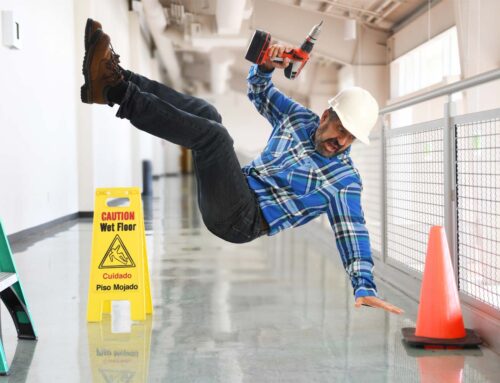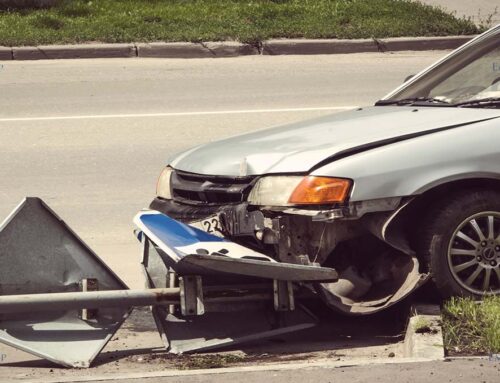Slip and Fall Accidents: Determining Liability
Slip and fall accidents fall within the legal realm of “premises liability” claims. In such cases, merely sustaining an injury is insufficient grounds for pursuing legal action. Other crucial factors must be assessed, including the conditions that led to the accident, the property owner’s liability, and the plaintiff’s contribution to the incident.
Various conditions, both indoors and outdoors, can give rise to slip and fall accidents. It is the legal responsibility of property owners to take necessary precautions to ensure the safety of their premises. For instance, while owners are expected to wax, mop, and polish floors, appropriate warnings and barriers must also be in place to alert guests to exercise caution.
Indoor areas prone to accidents, such as stairs, escalators, elevators, and hallways, should be regularly assessed and promptly repaired to mitigate slip and fall risks. Failure to take action or incomplete remediation measures can prove detrimental to a property owner’s business.
Outdoor conditions encompass a combination of natural and artificial factors. Natural factors include extreme weather conditions like ice or snow, which create slippery paths. Artificial factors encompass negligent maintenance of walkways and inadequate lighting in parking lots, sidewalks, and staircases.
Establishing Owner’s Liability
Property owners have a duty to maintain reasonably safe conditions on their premises at all times. If an accident occurs due to the owner’s awareness of unsafe conditions but failure to address them, the plaintiff is likely to prevail in their case.
However, proving owner’s liability is no easy task. Merely presenting an injury in court is insufficient evidence. It is crucial for your lawyer to conclusively establish the owner’s liability.
The first step is to demonstrate the existence of a dangerous condition within the property that directly caused your injury. This perilous condition must present an unreasonable risk that you could not have anticipated.
The second step is to prove that the owner was aware of this dangerous condition but neglected to rectify it. It may be the case that the owner created the hazardous situation, and it had persisted for a significant period. In essence, the owner must have foreseen an accident but deliberately ignored it.
In some states, slip and fall accidents are subject to the principle of comparative negligence. Under this doctrine, the amount awarded for injuries is reduced by the proportionate amount of the plaintiff’s proven fault. The extent of comparative negligence will be determined by a jury or judge.
The Importance of Hiring a Personal Injury Lawyer
If you have been involved in a slip and fall accident where the owner’s liability is evident, it is crucial to promptly consult an experienced personal injury lawyer. Time is of the essence, as waiting for the statute of limitations to expire may jeopardize your slip and fall claim. Contact a reputable law firm as soon as possible after sustaining the injury.
For assistance with your premises liability case, consider reaching out to a skilled Las Vegas personal injury lawyer. They will provide expert guidance and ensure your rights are protected throughout the legal process. Act swiftly to secure the representation you need.
